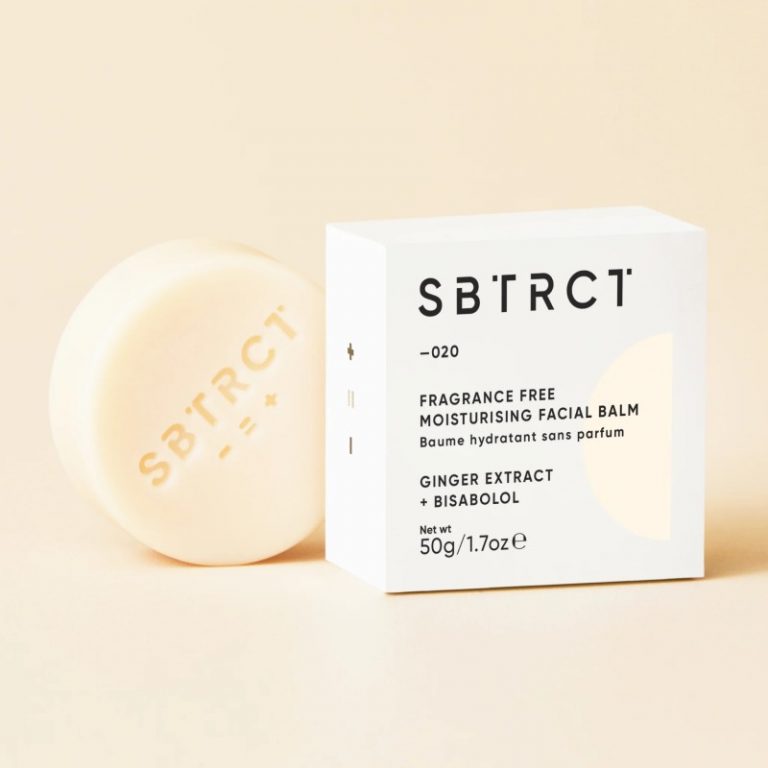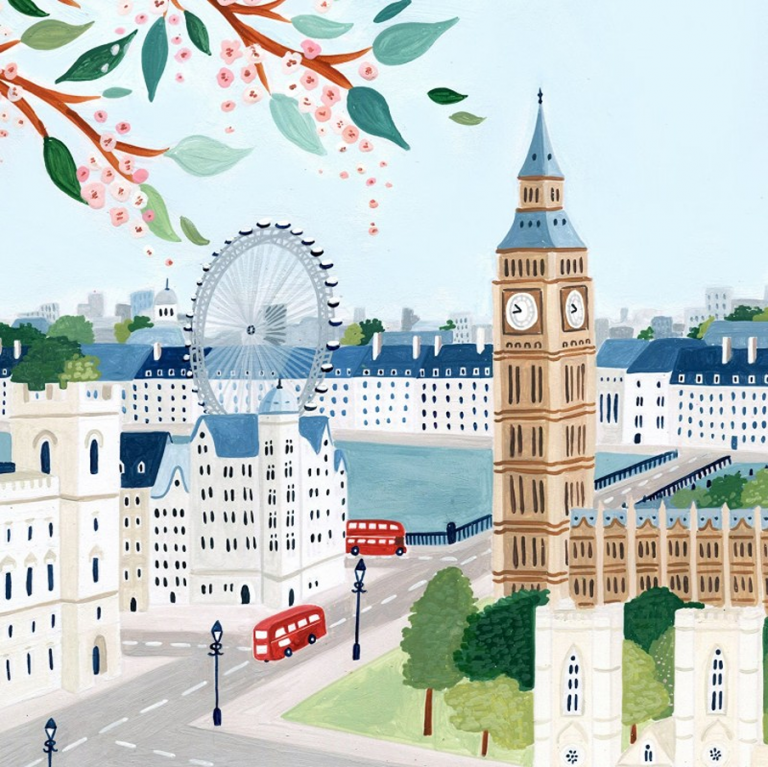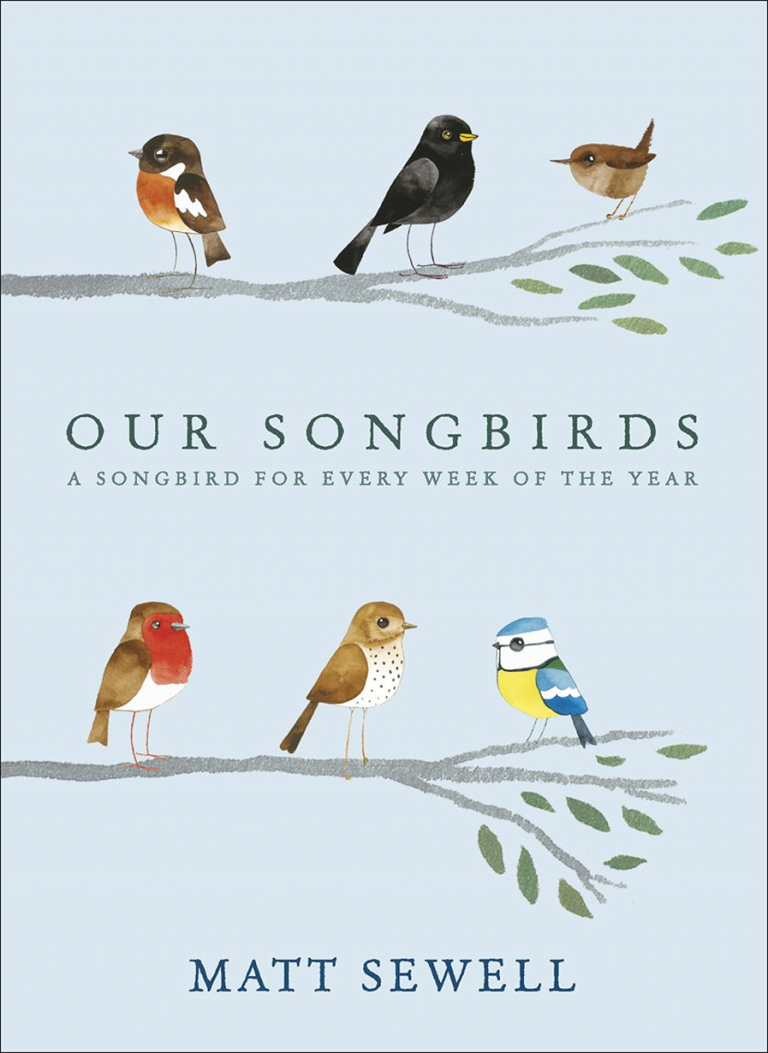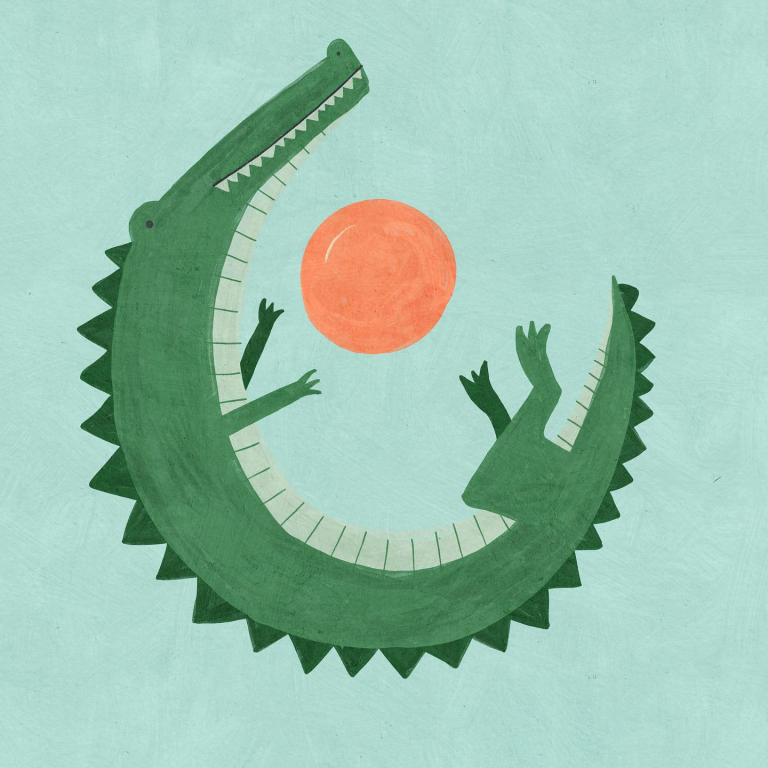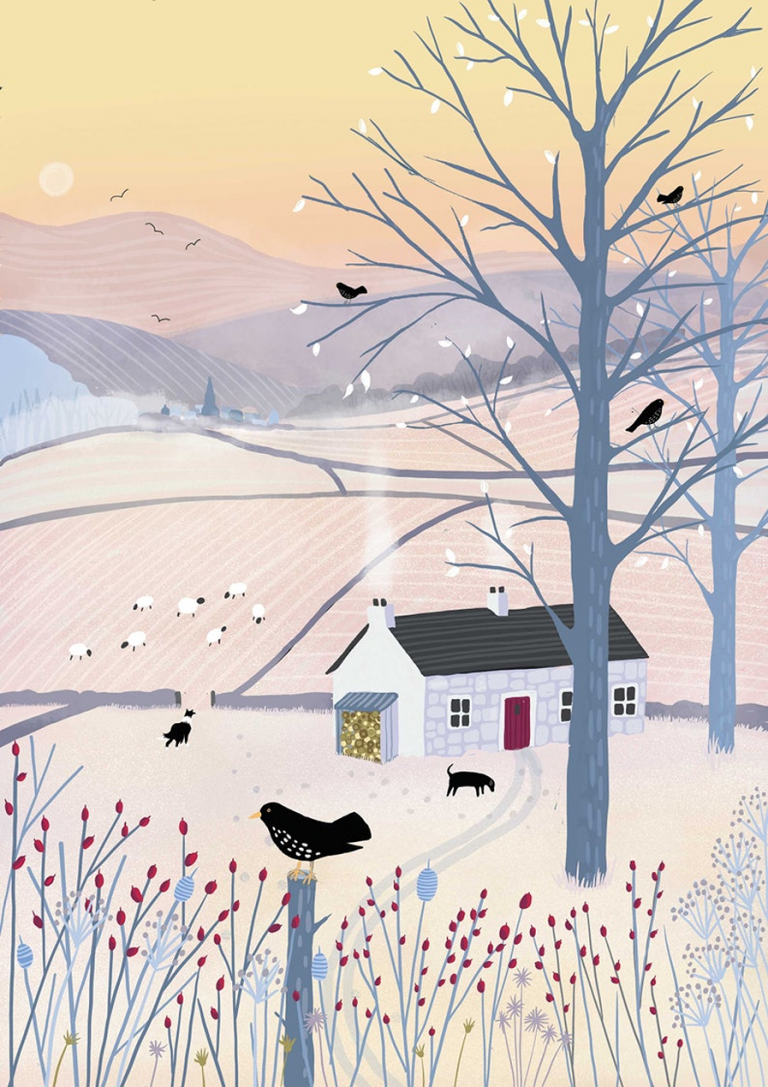
Snow is formed when water vapour freezes into ice crystals in cold air. These crystals stick together, tumble through the clouds, and reach the ground as snowflakes (each one a unique piece of nature’s art, affected by air temperature and moisture to producing different patterns and sizes).
The Ecological Benefits of Snow
Snow is not just pretty, but acts as a protective blanket for the soil, stopping frost from biting too deeply, into the roots and seeds of trees and plants. So they can survive until spring.
Some creatures (like ladybirds) even shuffle under leaf litter below snow, using its insulation, to stay safe from the bitter outdoor air. Also read about England’s frosty mornings.
How Often Does It Snow in England?
The South of England gets less snow, while the North Yorkshire Moors, the Peak District, and Cumbria get more frequent and deeper cover. Some years barely bring a dusting; other years, snow can shut down roads and schools.
It’s not that we always get snow now each year in England, with changing temperatures. But we do still receive it, especially in northern England. But rising warmth due to climate change, is meaning that there is no longer a guarantee of a white Christmas.
Snow is actually more common in January and February (especially in northern mountainous regions). Average snowfall say in London is only around 5 days a year (back in 1963, ‘the big freeze’ saw snow everywhere, but this is still a very unlikely event).
How to Keep Safe in Snowy/Icy Weather

Although snowy weather is beautiful, it can bring some risks. Here are simple steps to keep safe, when outside in the snow and ice.
Walk safely on ice and snow
Snowy ground can be slippery, as ice often hides underneath. It’s best to ‘walk like a penguin’, moving slowly and taking small steps, with your hands out of pockets, to stay balanced. Wear boots with ice grips, and try to walk around ice or shiny spots. Stay on paths that have been cleared.
Local people and councils are best to avoid rock salt, as it’s toxic and can harm pets and wildlife. Instead, look into eco alternatives like EcoGrit or ice and snow melting systems (used commonly in Scandinavia), that are used in public areas like car parks, to melt ice and snow, using temperature and moisture sensors.
Stay warm and avoid hypothermia
Wear several layers of clothing rather than one thick coat. Layers trap body heat and keep you warmer. A hat, scarf, and gloves help protect skin from cold air. If your clothes get wet, change as soon as you can.
Wet clothes pull warmth from your body fast. Go inside if you start to feel very cold, tired, or shaky. Warm up with a hot drink and rest.
Protect Your Skin from Frostbite
Frostbite can happen fast on very cold days, especially to fingers, toes, ears, and noses. Keep them covered with gloves, warm socks, hats, and scarves. Do not stay outside too long, even if you feel fine at first.
If your skin turns pale, hard, or numb, go inside and warm up gently. Do not rub the skin, just warm it with dry clothes or warm water.
Drive carefully in snowy weather
Before you drive, clear all snow and ice from your windows, lights, and mirrors. Drive slower than usual and leave more space between your car and others. Snow and ice can make it hard to stop quickly.
Keep both hands on the wheel and use your headlights to help others see you. If the weather gets worse, try not to drive unless you have to.
Keeping Pets Safe in the Snow

Most dogs especially love the snow, but it’s important to keep pets warm and safe in snowy weather. Keep walks short and once inside, rinse their paws with lukewarm water to remove snow (and any rock salt that may have tracked indoors). If your dog has short fur and likes wearing one, a quality dog coat can help to keep warm.
Just like never leaving pets in warm/hot cars, also never leave them in cold cars, as temperatures can quickly drop (changes in skin colour or pain on ears, paws and tails could be frostbite, so see a vet immediately).
For rabbits, guinea pigs or chickens/roosters, use hanging bottles secured to runs, making sure access is easy and fresh water is always topped up. Change the water daily, ensuring drip-feed bottles are not blocked or frozen, or bowls are not knocked over.
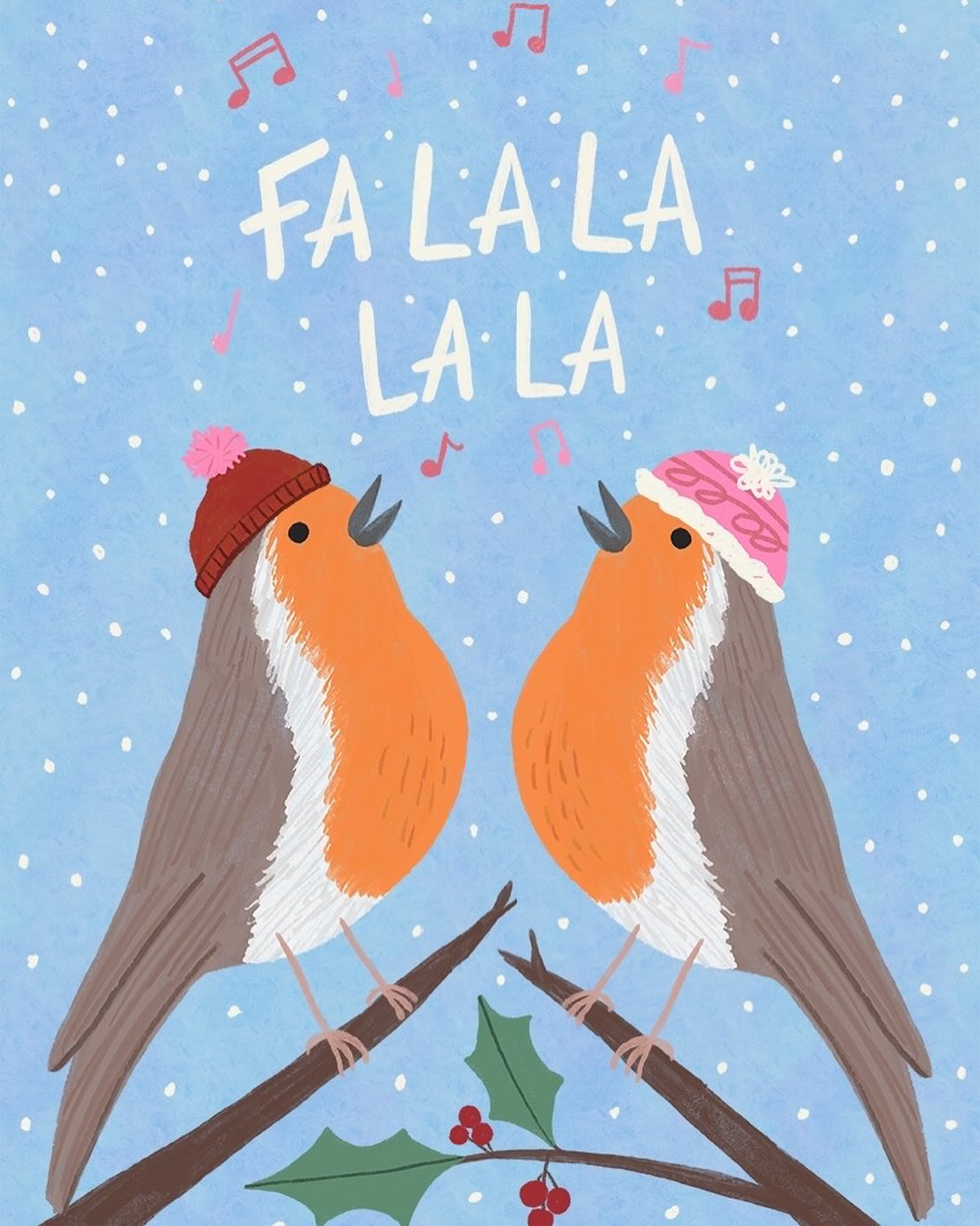
Wildlife often rely on clean fresh water in gardens, and bird baths or ponds can freeze in cold and snowy weather. Read our posts on:
- Garden water safety
- Safe havens for garden birds,
- Wildlife-friendly ponds (avoid netting)
Never ‘smash frozen water’ in garden bonds, this can cause shock and death to fish and other creatures underneath. Experts say to gently pour (a little) hot water from a kettle into a specific spot to melt a hole (never pour on the actual pond). Or use a pond heater or air pump from garden centres, to keep small areas from freezing.
Never Use Snow Globes Near Pets (or children)
Those novelty snow globes may look pretty, but can be dangerous near pets or children. This is because most contain lethal antifreeze inside, even a small amount could be fatal if it broke (it also has a sweet taste). Just secure existing ones in wrapped paper, and bin.Animals That Like the Snow
Some animals thrive when snow covers the ground. Foxes hunt quietly, moving more easily as snowfall dulls sound. Hedgehogs and bats hibernate, skipping winter entirely. Birds like robins and blackbirds are easy to spot as they hop through snowy gardens in search of food.
Dogs often race around in the snow, snuffling and playing, and ponies on the moors don’t seem bothered by frosty mornings. Wild rabbits and deer sometimes leave clear tracks, making it easier to spot their activity.
How to Build the Perfect Snowman!

If the weather is cold enough, you are likely going to be tempted to build your own snowman! But just like building sandcastles, there are rules (it’s science!) If you don’t follow them, your snowman may well prematurely melt away.
Snow has different temperature and moisture, so expert ‘snowman builders’ say that’s best to build one with moist or wet snow (this creates ‘free water’ between the ice crystals, that will ‘glue’ your snowman together’. This usually means freshly fallen snow, so get outside quick to build him!
Also build your snowman on level ground (but not on driveways as tarmac absorb heat, and your snowman will melt quicker than normal). Try to build him in a shady area too, so he won’t melt at the first sunlight. Making his base much bigger than his head, will also help!
Books to Read for Snowy Days!
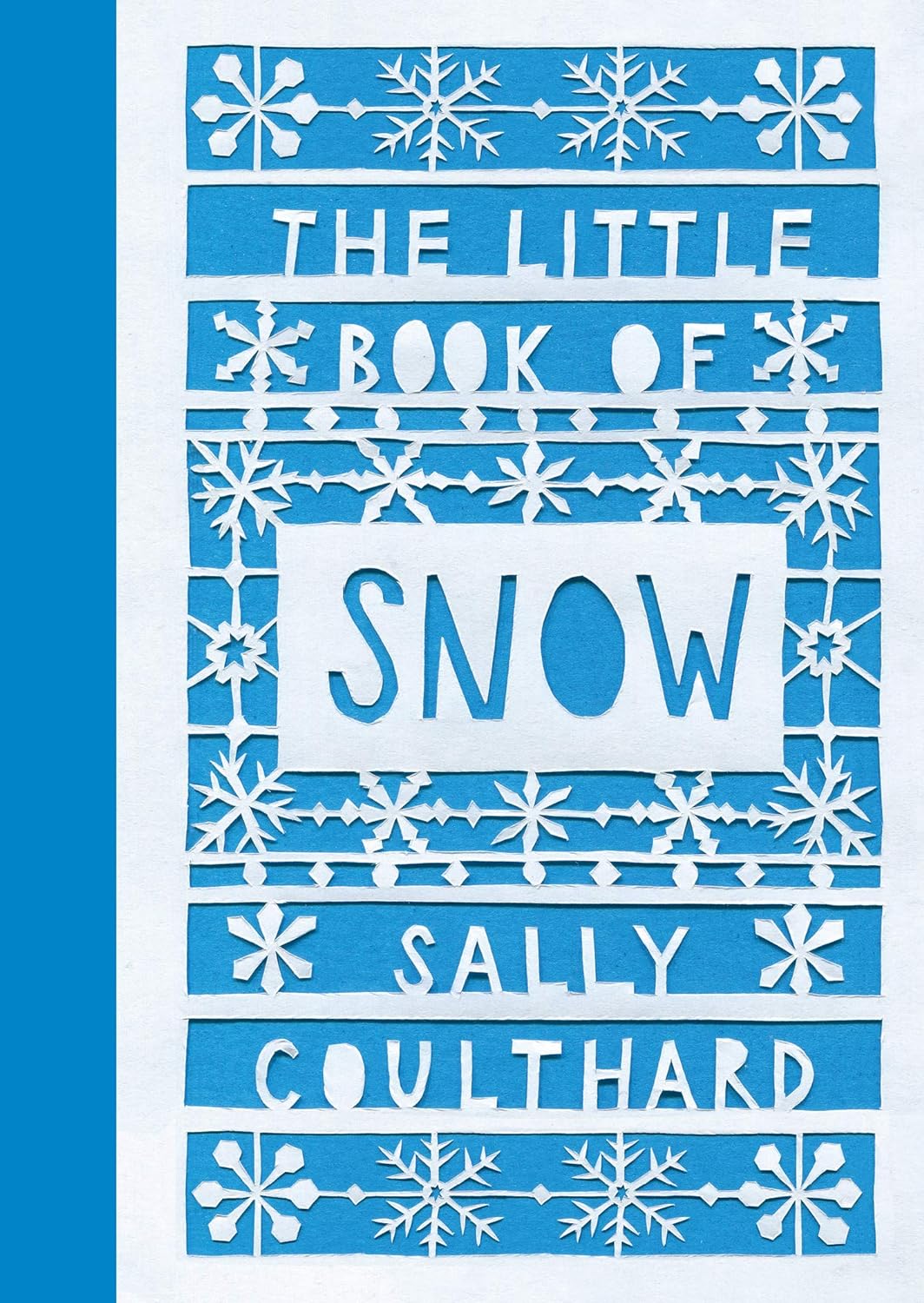
The Little Book of Snow is a lovely book of with fascinating insights, cultural lore and traditional wisdom about snow that falls from the sky.
Is it true that no two snowflakes are the same? How many white Christmas days have we had? Do Inuits have dozens of words for snow? Can it ever be too cold to snow?

The Snow Man is a fascinating children’s book, telling the true story of a hermit, who ended up being the source of knowledge for climate change scientists. Living alone in the mountains, his hobby of measuring snowfall, lead to ground-breaking data, that is now used to track temperatures worldwide.
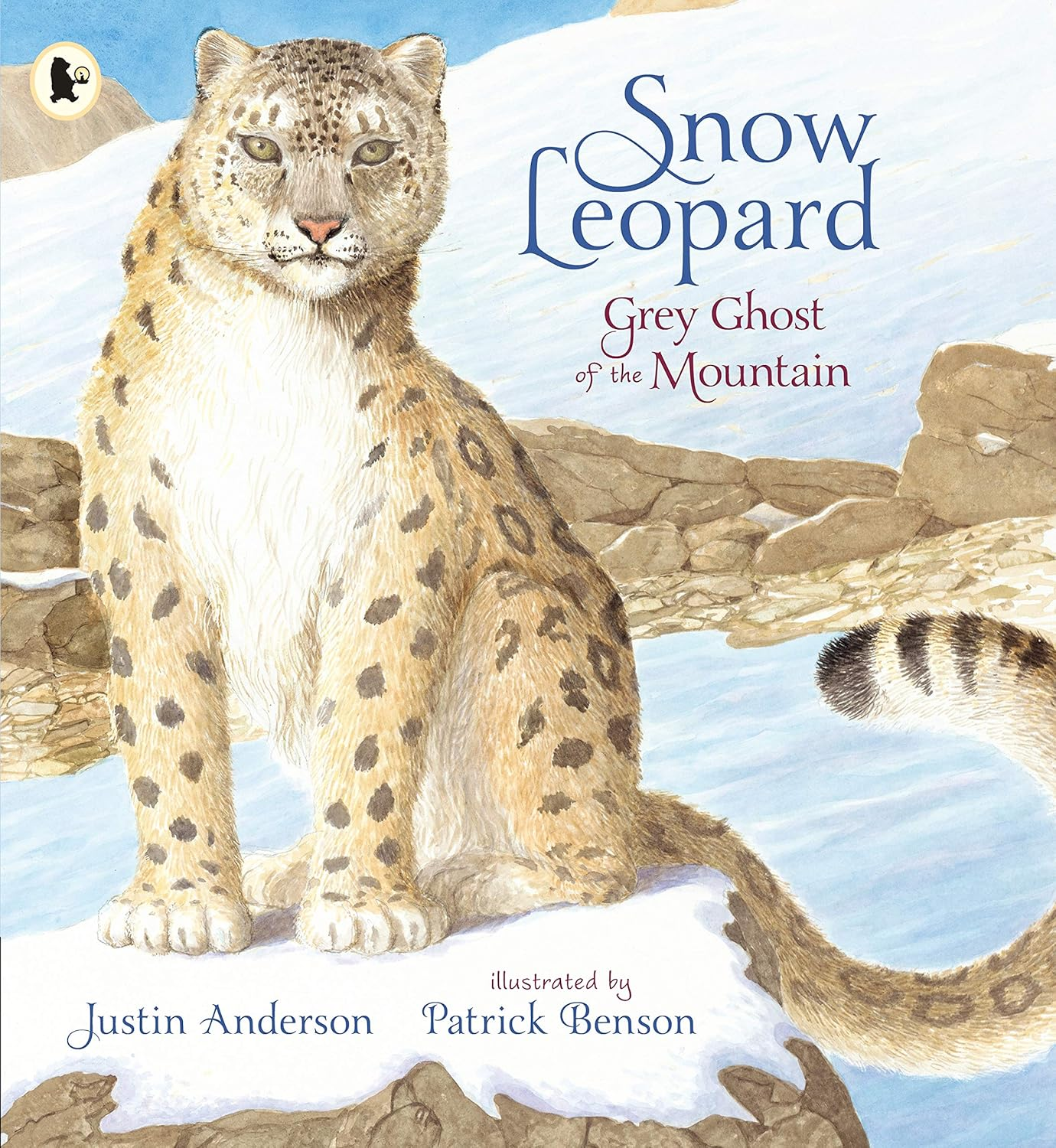
Snow Leopard introduces us to a rare endangered big cat, who loves the snow! He uses his huge feathery insulated paws to silently stalk prey in the mountains of Asia. Join this amazing creature high into the snowy peaks of the Himalayas, includes conservation notes.

